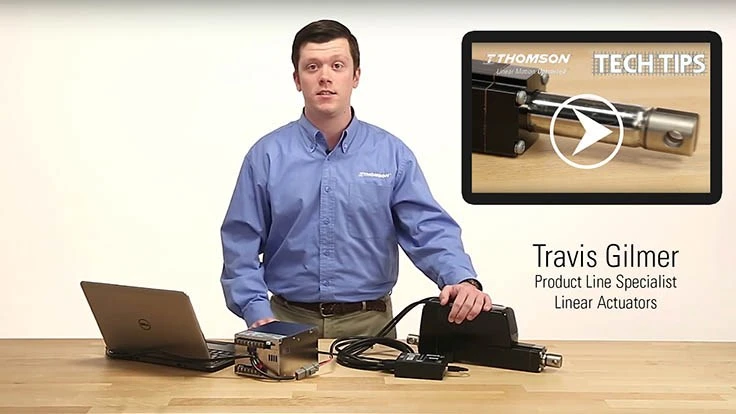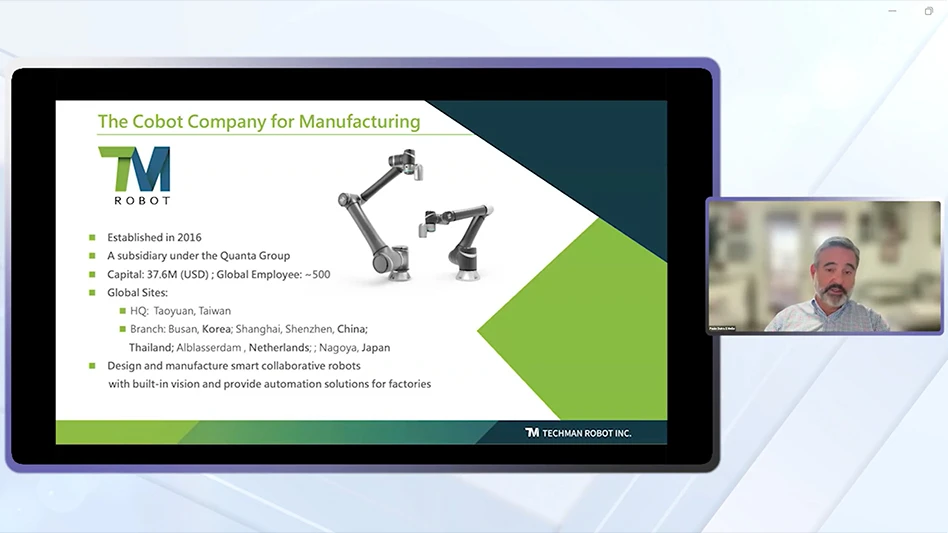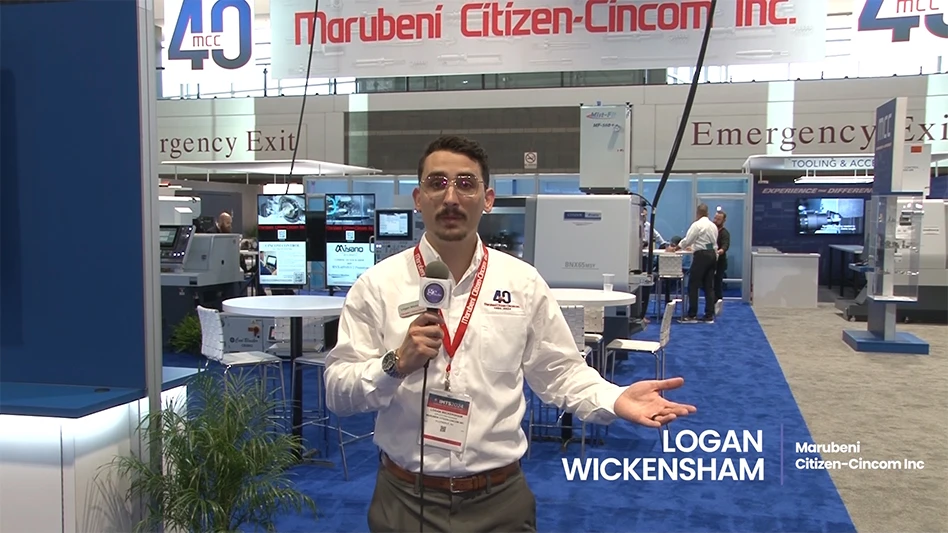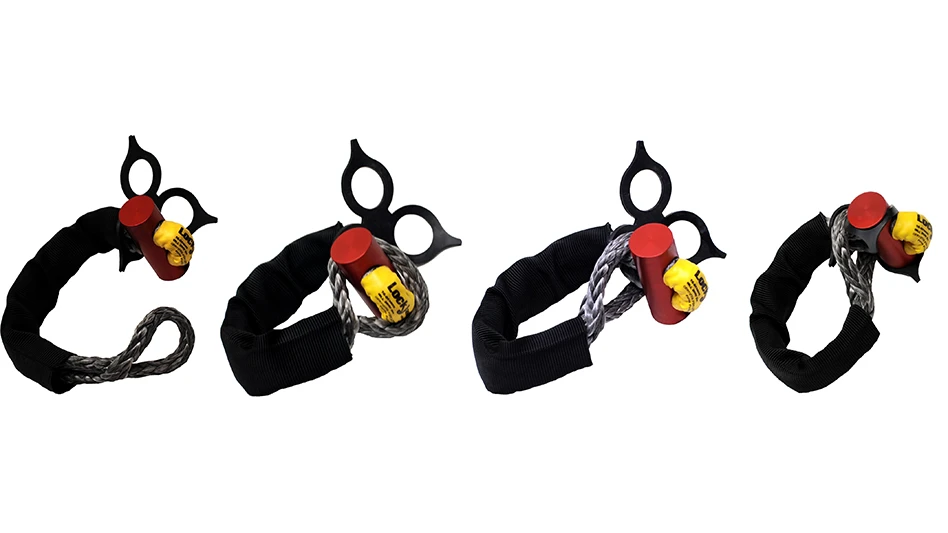
Radford, Virginia – Thomson Industries Inc., a manufacturer of mechanical motion control solutions, has released its latest set of educational videos on linear actuators. The web videos illustrate step-by-step methods on how to install and control actuators to meet various industry demands.
Thomson “Tech Tips” videos support design engineers who may face potential mishaps or simply want to ensure proper operation of the actuators. Topics include:
• How to Install Electrak HD’s Integrated Connector in the event a cable harness is lost or destroyed in the field
• How to Control a Thomson Linear Actuator with J1939 CAN bus functionality in order to dictate a certain speed, position and current limit on the actuator
• Defining Static and Dynamic Loading and providing application examples
• How to Use Thomson’s Manual Override (Hand Wind) to access to the actuator’s gearing, in case of power failure
• How to Mount an Industrial Linear Actuator quickly and easily without shortening the actuator’s life
• How to Protect a Thomson Linear Actuator Throughout its Stroke Length by using an overload clutch
• Defining Duty Cycle and how often you can use the actuator for a given load
• Ball vs. Lead Screw Technology. Breaking down the differences and areas the technologies are mostly used
• Defining Dynamic Braking and how it can be achieved
• Electric Linear Actuator Maintenance Requirements. One of the most important things in an actuator application is the maintenance of the system to ensure proper operation over the life of the product. Thomson provides electric linear actuators that are designed to be maintenance-free.
• Anti-Rotation and its Usefulness. Many of Thomson’s linear actuators are designed to allow rotation of the extension tube. This can simplify the installation process by allowing manual rotation to a specific mounting location
• Defining Low Level Switching, a feature offered by Thomson where users are able to downsize their power supply to run and change the direction of the actuator off of a simple control.
• The Relationship Between Load, Speed, and Current Draw. The ratio of the gear train determines the load capacity, speed, and current draw on most actuators, which is important to consider when sizing an actuator to your application
• How to Vary the Speed of a Thomson Industrial Linear Actuator by adjusting the supply voltage
• How to Size a Power Supply for Industrial Linear Actuators, an important step when sizing an actuator
• Defining Back Driving and how the process can be prevented
• How a Wrap Spring Brake Works, the advantages of using a ball screw style actuator and how to assemble it
To view these new videos as well as other useful Thomson Tech Tips videos, visit www.thomsonlinear.com/website/com/eng/design_tools/techtip_videos.php.
Thomson strives to continually innovate and lead the marketplace in linear motion solutions and share their application engineering and technical expertise. To that end, Thomson has authored a wide range of educational videos, webinars and technical white papers available now at www.thomsonlinear.com. These resources inform and guide design engineers, explain technology alternatives, and simplify the linear motion component selection process.
Source: Thomson Industries Inc.
Latest from Aerospace Manufacturing and Design
- Optimize your manufacturing applications with the right metrology tools
- Navigating today’s supply chain
- Piper Aircraft Inc. achieves AS9100 Certification
- Kyocera SGS' KGZ precision cut-off solutions
- Bridging the Skills Gap: A Solution for Today’s Labor Shortage
- Molex to acquire AirBorn
- Nano Dimension's Exa 250vx digital light processing (DLP) 3D printer
- IMTS 2024 Booth Tour: Fagor Automation Corp.





